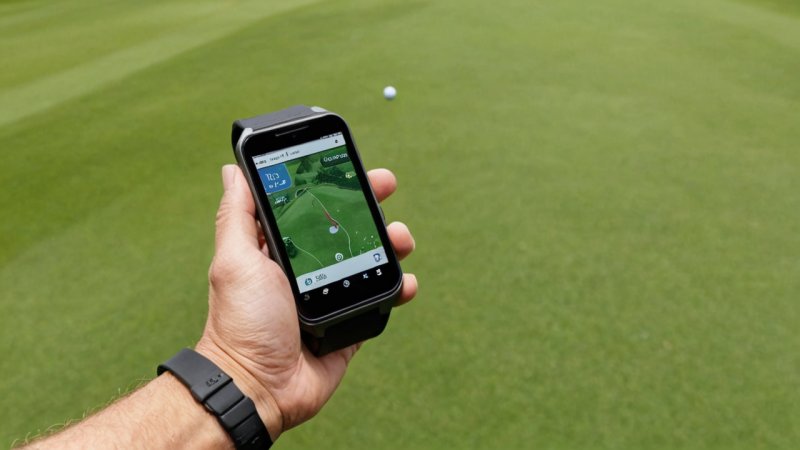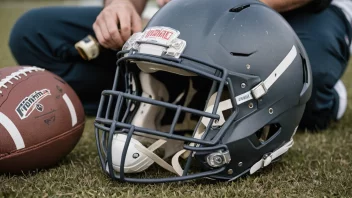Introduction
In the world of golf, mastering course management is essential for improving your game and lowering your scores. One of the most effective tools for achieving this is a golf GPS device. In this article, you will learn how to utilize a golf GPS device to enhance your course management skills, understand its benefits, and discover tips for integrating it into your practice and play.
Step 1: Understand the Basics of Golf GPS Devices
A golf GPS device provides accurate measurements of distances on the course, helping you make informed decisions. Here’s what you should know:
- Types of GPS Devices: Handheld devices, smartphone apps, and GPS watches.
- Features: Distance to the green, hazards, layup points, and course maps.
- Battery Life: Ensure your device has a long battery life for uninterrupted use.
Step 2: Choosing the Right Golf GPS Device
Selecting the right device is crucial for maximizing your game. Consider the following factors:
- Accuracy: Research models known for reliable distance measurements.
- Ease of Use: Look for user-friendly interfaces that are easy to navigate during play.
- Course Coverage: Ensure the device has maps of your frequently played courses.
- Budget: Determine your budget and find a device that offers the best features for your needs.
Step 3: Setting Up Your Golf GPS Device
Once you have chosen a device, setting it up is straightforward. Follow these steps:
- Charge the Device: Ensure your GPS device is fully charged before your round.
- Download Course Maps: Connect to Wi-Fi or mobile data to download the latest course maps.
- Adjust Settings: Set your preferences for units of measurement, and enable notifications if applicable.
Step 4: Learning to Use the GPS Device During Play
To get the most out of your golf GPS, follow these steps during your game:
- Check Distances: Before each shot, use the GPS to measure the distance to the hole and any hazards.
- Plan Your Shots: Use the information to decide the best club and shot strategy.
- Monitor Your Progress: Keep track of your scores and club choices using the device’s scoring feature.
Step 5: Integrating GPS Data into Your Training
Using a golf GPS device isn’t just for the course; it can also enhance your practice sessions:
- Analyze Performance: Review data on distances and club usage to identify areas for improvement.
- Set Goals: Use your GPS data to set measurable goals for distance accuracy and shot consistency.
- Practice with Purpose: Focus your training on specific distances and shots identified through GPS analytics.
Step 6: Emphasizing Safety While Using Technology
While a golf GPS device can greatly enhance your game, it’s essential to maintain safety on the course:
- Stay Aware: Always be aware of your surroundings and other players.
- Limit Distractions: Avoid getting overly focused on the device; keep your head up while playing.
- Respect Course Etiquette: Make sure the use of technology does not disrupt the flow of play.
Conclusion
In summary, using a golf GPS device can significantly improve your course management and overall performance. By understanding the device's features, choosing the right model, and effectively integrating it into your play and practice, you will enhance your game while ensuring safety and respect on the course. Remember to stay aware of your surroundings and use the technology as a tool to complement your skills rather than distract from them.






